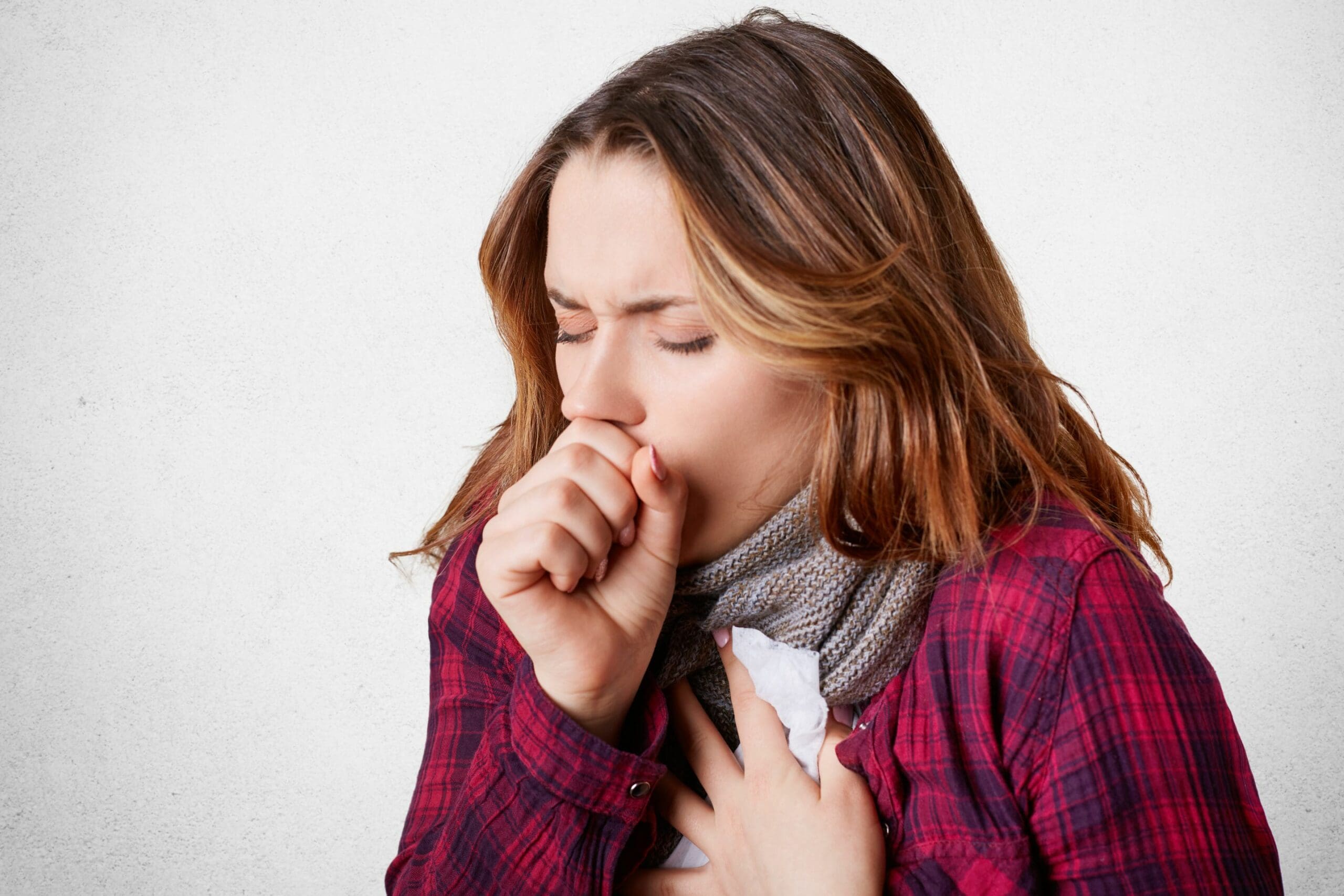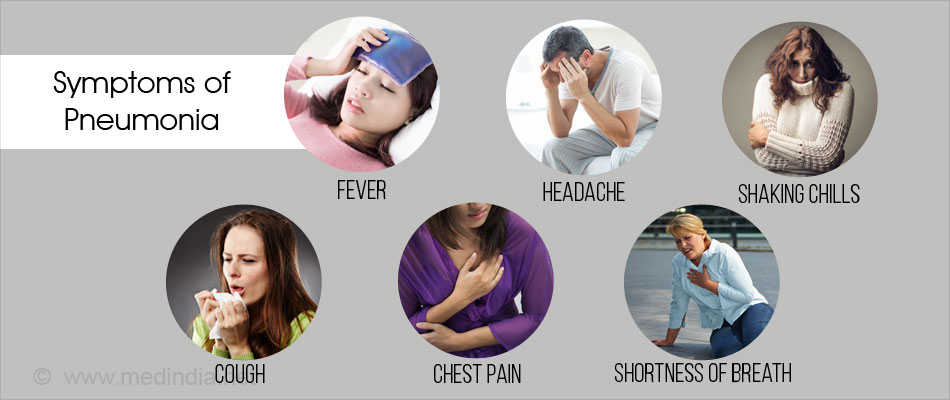

Crook S, Büsching G, Keusch S, Wieser S, Turk A, Frey M, Puhan MA, Frei A1.The association between daily exacerbation symptoms and physical activity in patients with chronic obstructive pulmonary disease.What is a collapsed lung? Updated April 25, 2019 Daily use of guaifenesin (Mucinex) in a patient with chronic bronchitis and pathologic mucus hypersecretion: A case report. Physical signs in patients with chronic obstructive pulmonary disease. Sarkar M, Bhardwaz R, Madabhavi I, Modi M.Pulmonary hypertension in chronic lung diseases. Outcomes of severe COPD exacerbations requiring hospitalization. National Heart, Lung, and Blood Institute.Understanding the impact of symptoms on the burden of COPD. In: Braunwald's Heart Disease: A Textbook of Cardiovascular Medicine.10th ed. The Open Respiratory Medicine Journal: Drug Induced Interstitial Lung Disease.Global Initiative for Chronic Obstructive Lung Disease: Global Strategy for the Diagnosis, Management and Prevention of COPD, 2017.Global Initiative for Asthma: Global Strategy for Asthma Management and Prevention, 2016.

#PNEUMONIA COUGH MUCPUS ACROSS UPPER CHEST DISCOMFORT MANUAL#
Merck Manual Professional Version: Acute Bronchitis.


Although not curable, medications and lifestyle changes can control COPD symptoms and slow disease progression. Common symptoms include a chronic wet cough, shortness of breath, wheezing and chest tightness. Tobacco smoking and exposure to secondhand smoke accounts for most cases of COPD. These abnormalities obstruct airflow, particularly during expiration, which leads to trapping of so-called dead air and overinflation of the lungs. Over time, airway narrowing occurs along with increased mucus production and destruction of supporting tisue that diminishes lung elasticity and leads to loss of functioning air sacs.


 0 kommentar(er)
0 kommentar(er)
